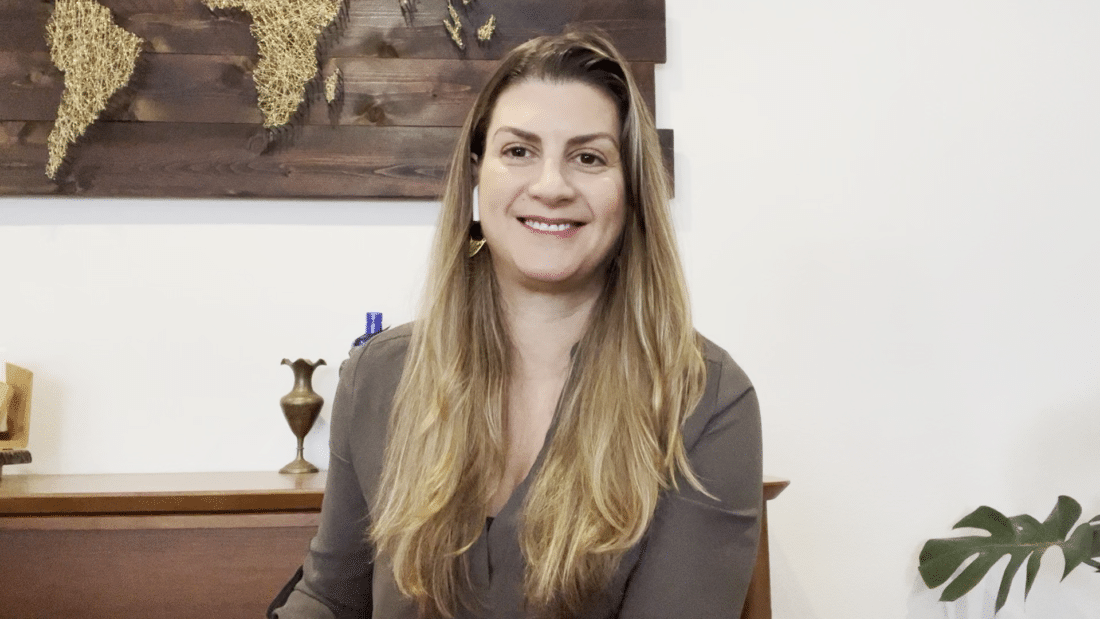All you really have to do, in large part, is to pay attention online because people tell you what they like and what they don’t like.
Marina Filippelli is the CEO of Orci, an independently-owned Hispanic creative agency working with such recognizable brands as Honda, Acura, Dole, Farmers and Stella Artois to help them connect and collaborate within diverse communities. Filippelli’s strong background in marketing and business development, coupled with her deep knowledge of U.S., Latino and Latin American segments, has provided her with a unique perspective on the rising Hispanic market.
In this episode of Velocitize Talks, Filippelli shares her insights on diversity and culture in multi-segment marketing, generational wealth, and turning brands into advocates.
Market Values (2:17)
It’s really important that we start thinking about not just Hispanics or Blacks or Caucasians but about how they intersect with each other.
Historically brands have not paid sufficient attention to the Hispanic market and community, and diverse audiences in general. Understanding the nuances of these markets is critical. Despite the fact that Hispanics now make up close to 20% of the U.S. population, more than half (up to 60%) of advertisers spend less than 1% of their budgets on multicultural audiences, according to ANA’s Alliance for Inclusive and Multicultural Marketing.
H Code, the largest Hispanic digital media company in the U.S., estimates that the Latino market has reached a spending power of $1.5 trillion. In order to connect with this diverse audience, marketers need to adopt a bilingual and bicultural approach in all of their messaging.
One issue that’s extremely important to understanding the Hispanic community is generational wealth, Filippelli says. For example, according to the Federal Reserve Bank of St. Louis, stark inequities continue to exist between Black and Hispanic families’ wealth and the wealth of white families. The FRBSL cites historical barriers to wealth accumulation as a major contributing factor.
Another important issue is intersectionality; in other words, how different minority groups, including the LGBTQ+ community, intersect with each other.
Creating Space for Dreams (3:39)
One of the things that I have seen major brands doing is supporting small business owners and making sure that there’s enough financial support for minorities that are trying to sell their products and build new brands.
Orci has worked with Honda on multiple campaigns, including its Spanish-language digital campaign for the 2015 CR-V, “Space for Dreams,” specifically customized for the Latino market. It emphasizes the role of the entire family in helping children reach their goals, and realize their dreams. The campaign is a poignant reflection of that.
However, the significance of generational wealth cannot be overestimated; for example, higher parental wealth provides a number of finanical advantages for children. This impacts everything from education to income, to buying houses and starting businesses. Partially due to greater generational wealth, whites with post-graduate degrees earn the most income and have the most assets.
The Forgotten Generation (4:46)
We’re the small generation in between these behemoths—the boomers and millennials— so everyone forgets about us yet we are very much driving financial growth right now in this country.
Gen X makes up 63% of the workforce, accounts for 31% of total U.S. income, and boasts significant purchasing power. They also earn more than every other generation. But over half feel overlooked by marketers.
“You’re not invisible,” Filippelli says. “You’re here. Maybe not as exciting as millennials and Gen Z, but there are things we can talk to you about that are really important.”
It’s somewhat of an untapped market despite the fact that Gen Xers are prolific social media users, among other digital habits. One-third report having more than seven social media accounts. And over one-quarter of Xers own five or more devices. Also, unlike the majority of Gen Z, Gen X isn’t shopping online just for themselves; they’re taking care of kids and aging parents at the same time. In other words, they’re spending more money.
Many Platforms, Many Users (6:12)
The upside of all of this is really seeing marketers and consumers embrace certain things that long term will probably be better for everybody.
“As TikTok booms and the wars continue between the Facebook/Instagram/Meta world, we’re trying to see what happened to the little guys on the sidelines,” Filippelli says. A PwC study found that Hispanics are more engaged with their mobile devices; stream and download more content on multiple devices; and have a higher interest in mobile payments. Speaking of important platforms, Filippelli says marketers should keep their eye on the gaming industry going forward.
And with good reason. Online gaming represents a $165 billion industry. Since the pandemic, 70% of U.S. adults identify as gamers. The new faces of gaming are older and decidedly more female. When looking across demographics, the number of Black and Hispanic gamers are similar to the number of white gamers. They represent an increasingly large audience you need to engage.
Who’s With Your Brand? (8:52)
All you really have to do is pay attention online because people tell you what they like and what they don’t like.
Early in Filippelli’s career, she depended on focus groups and complicated research to gather information on target audience and consumers. Now that information is practically everywhere. Many brands, however, continue to feel ill-equipped concerning the best way to respond to the needs of the Hispanic community as a whole. And therein lies part of the problem. “I think the biggest mistake is assuming that the Hispanic market in the U.S. is a monolith,” says Filippelli.
Every community has smaller communities within them. For example, Orci partnered with Stella Artois to showcase multi-segment lifestyles and cultures while fostering an emotional connection. This campaign was rooted in reaching diverse audiences, each with their own unique insights and traditions.
To learn more about Orci, follow them on LinkedIn, Facebook, Instagram, TikTok and on Twitter at @OrciAdvertising. To keep up with Marina Filippelli, follow her on LinkedIn.
